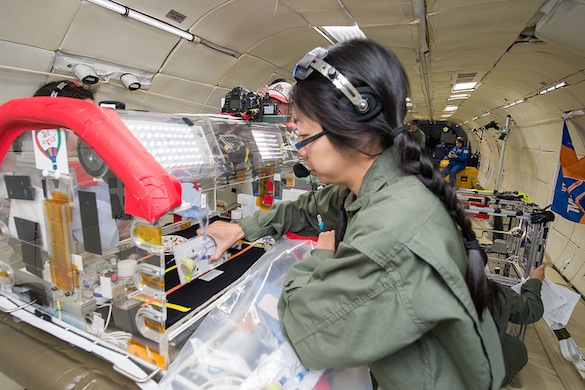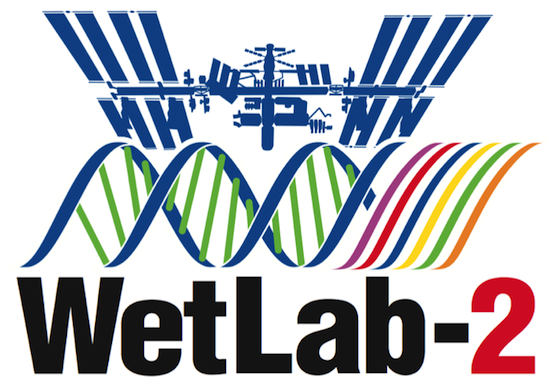WetLab-2
PI: Macarena Parra, NASA/Ames Research Center
PI: Macarena Parra, NASA/Ames Research Center

- TA06 Human Health, Life Support and Habitation Systems
- TA08 Science Instruments, Observations and Sensor Systems
No further information available.

The goal of the WetLab-2 project is to develop instrumentation for use on the International Space Station that allows for processing and data collection on orbit, without the need for sample return. Once on orbit, WetLab-2 can be used in a number of different ways. For Example, researchers can use it to get information on gene expression changes, or to identify bacteria in water, food, or air samples. In order to process samples on orbit, there are a number of fluid manipulations that must occur. The parabolic flight testing consisted of testing fluidic subcomponents and fluidic activities of the WetLab-2 system to ensure that the fluid behavior in microgravity does not interfere with the intended function. The testing results will help us finalize our designs for each of the subcomponents and activities tested and make any modifications, if necessary. The results and lessons learned during the flights will also contribute to the final procedures and operations. Video and other data from the flight are currently being reviewed but early results have already helped us make procedural decisions.
Prior to parabolic flight testing, our payload was at a TRL of 4, designs were mature and prototypes had been built and tested in the lab environment. After we have completed reviewing and processing the data from the parabolic flight testing, our payload will be at a TRL of 5, with prototypes having been tested in the correct environment of microgravity.
Technology Details
-
Selection DateNASA Directed
-
Program StatusCompleted
- 1 Parabolic
Development Team
-
PIMacarena Parra
-
Organization
-
SponsorNASA/Ames Research Center
-
More Information

